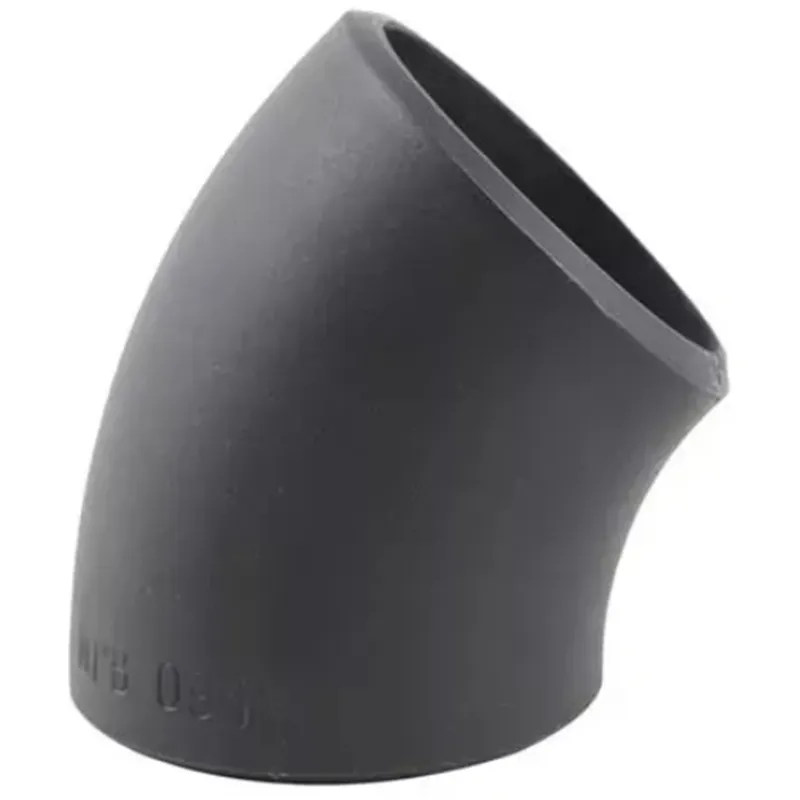-
Cangzhou Yulong Steel Co., Ltd.
-
Phone:
+86 13303177267 -
Email:
admin@ylsteelfittings.com
- English
- Arabic
- Italian
- Spanish
- Portuguese
- German
- kazakh
- Persian
- Greek
- French
- Russian
- Polish
- Thai
- Indonesian
- Vietnamese
- Zulu
- Korean
- Uzbek
- Hindi
- Serbian
- Malay
- Ukrainian
- Gujarati
- Haitian Creole
- hausa
- hawaiian
- Hebrew
- Miao
- Hungarian
- Icelandic
- igbo
- irish
- Japanese
- Javanese
- Kannada
- Khmer
- Rwandese
- Afrikaans
- Albanian
- Amharic
- Armenian
- Azerbaijani
- Basque
- Belarusian
- Bengali
- Bosnian
- Bulgarian
- Catalan
- Cebuano
- China
- China (Taiwan)
- Corsican
- Croatian
- Czech
- Danish
- Esperanto
- Estonian
- Finnish
- Frisian
- Galician
- Georgian
- Kurdish
- Kyrgyz
- Lao
- Latin
- Latvian
- Lithuanian
- Luxembourgish
- Macedonian
- Malgashi
- Malayalam
- Maltese
- Maori
- Marathi
- Mongolian
- Myanmar
- Nepali
- Norwegian
- Norwegian
- Occitan
- Pashto
- Dutch
- Punjabi
- Romanian
- Samoan
- Scottish Gaelic
- Sesotho
- Shona
- Sindhi
- Sinhala
- Slovak
- Slovenian
- Somali
- Sundanese
- Swahili
- Swedish
- Tagalog
- Tajik
- Tamil
- Tatar
- Telugu
- Turkish
- Turkmen
- Urdu
- Uighur
- Welsh
- Bantu
- Yiddish
- Yoruba

Aug . 15, 2024 16:36 Back to list
Exploring EN1092-1 PN10 Flanges Standards, Specifications, and Applications in Industrial Settings
Understanding EN 1092-1 PN 10 Flanges A Comprehensive Overview
Flanges play a pivotal role in the assembly and integrity of piping systems, serving as the point of connection between different piping elements. Among various standards and specifications, the EN 1092-1 PN 10 flange has gained considerable prominence in industrial applications. This article delves into the characteristics, applications, and importance of EN 1092-1 PN 10 flanges.
What is EN 1092-1?
EN 1092-1 is a European standard that specifies the requirements for circular flanges for pipes, valves, fittings, and accessories. This standard is intended to ensure that flanges manufactured in compliance with it meet consistent quality and dimensional standards. The “PN” in PN 10 refers to the nominal pressure that the flange can withstand, with PN denoting Pressure Nominale (Nominal Pressure in English). The number “10” corresponds to a maximum working pressure of 10 bar (approximately 145 psi).
Characteristics of EN 1092-1 PN 10 Flanges
EN 1092-1 PN 10 flanges are typically designed in various dimensions that cater to different applications. One of the notable characteristics is their flat face design, which facilitates easy connection to other piping components. These flanges are commonly available in different materials, including carbon steel, stainless steel, and alloys; this versatility allows for use in diverse environments, from chemical processing to water treatment.
The standard also outlines specific dimensions, such as bolt holes, thickness, and diameter, which are critical for ensuring proper fit and function. The flanges are produced with various finishes and coatings to enhance corrosion resistance and longevity, allowing them to perform effectively even in harsh conditions.
en1092 1 pn10

Applications of EN 1092-1 PN 10 Flanges
The EN 1092-1 PN 10 flanges are widely used across various sectors, including construction, oil and gas, power generation, and water treatment. Due to their ability to handle moderate pressures, these flanges are suitable for piping systems that transport liquids and gases at relatively low to medium pressures.
In the oil and gas sector, they are often installed in piping systems that need robust and reliable connections. Similarly, in water treatment facilities, EN 1092-1 PN 10 flanges are utilized for connecting pipes that convey water for treatment processes, ensuring no leaks occur during operation.
Importance of Compliance with Standards
Adhering to international standards like EN 1092-1 is essential for ensuring safety, reliability, and cost-effectiveness in industrial operations. Using flanges that comply with these standards helps prevent failures, which can lead to catastrophic incidents and increased operational costs. Furthermore, manufacturers and operators must ensure that components not only meet the specifications but are also sourced from reputable suppliers, guaranteeing quality and performance.
Conclusion
EN 1092-1 PN 10 flanges are a vital component in the world of piping systems. Their defined specifications, various materials, and versatile applications make them a staple in many industrial sectors. By understanding their characteristics and ensuring compliance with the relevant standards, engineers and operators can enhance the security and efficiency of their operations. As industries continue to evolve, the importance of reliable and standardized components like EN 1092-1 PN 10 flanges will only strengthen, supporting the infrastructure essential for modern society.
Latest news
-
ANSI 150P SS304 SO FLANGE
NewsFeb.14,2025
-
ASTM A333GR6 STEEL PIPE
NewsJan.20,2025
-
ANSI B16.5 WELDING NECK FLANGE
NewsJan.15,2026
-
ANSI B16.5 SLIP-ON FLANGE
NewsApr.19,2024
-
SABS 1123 FLANGE
NewsJan.15,2025
-
DIN86044 PLATE FLANGE
NewsApr.19,2024
-
DIN2527 BLIND FLANGE
NewsApr.12,2024
-
JIS B2311 Butt-Welding Fittings LR/SR 45°/90° /180°Seamless/Weld
NewsApr.23,2024











